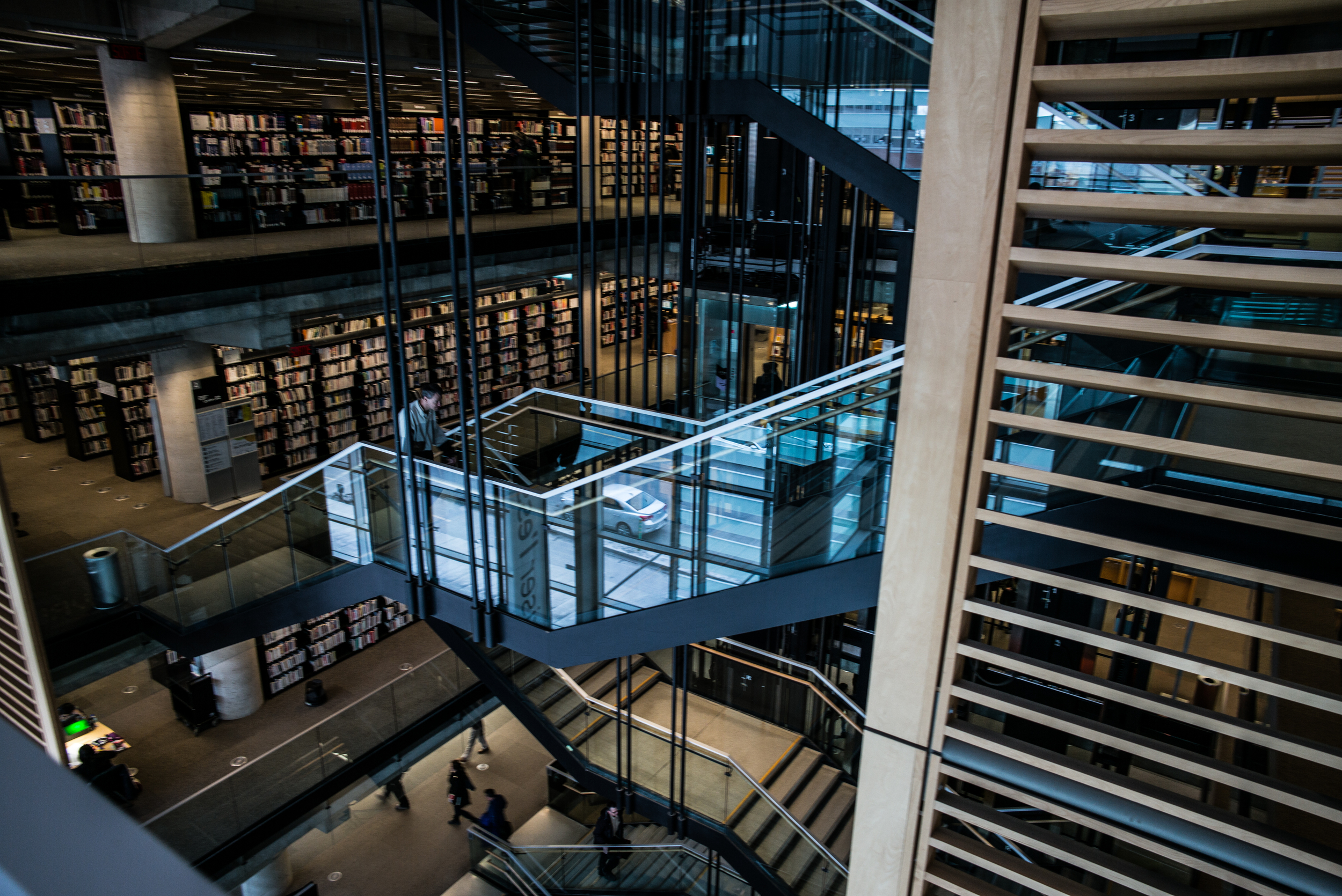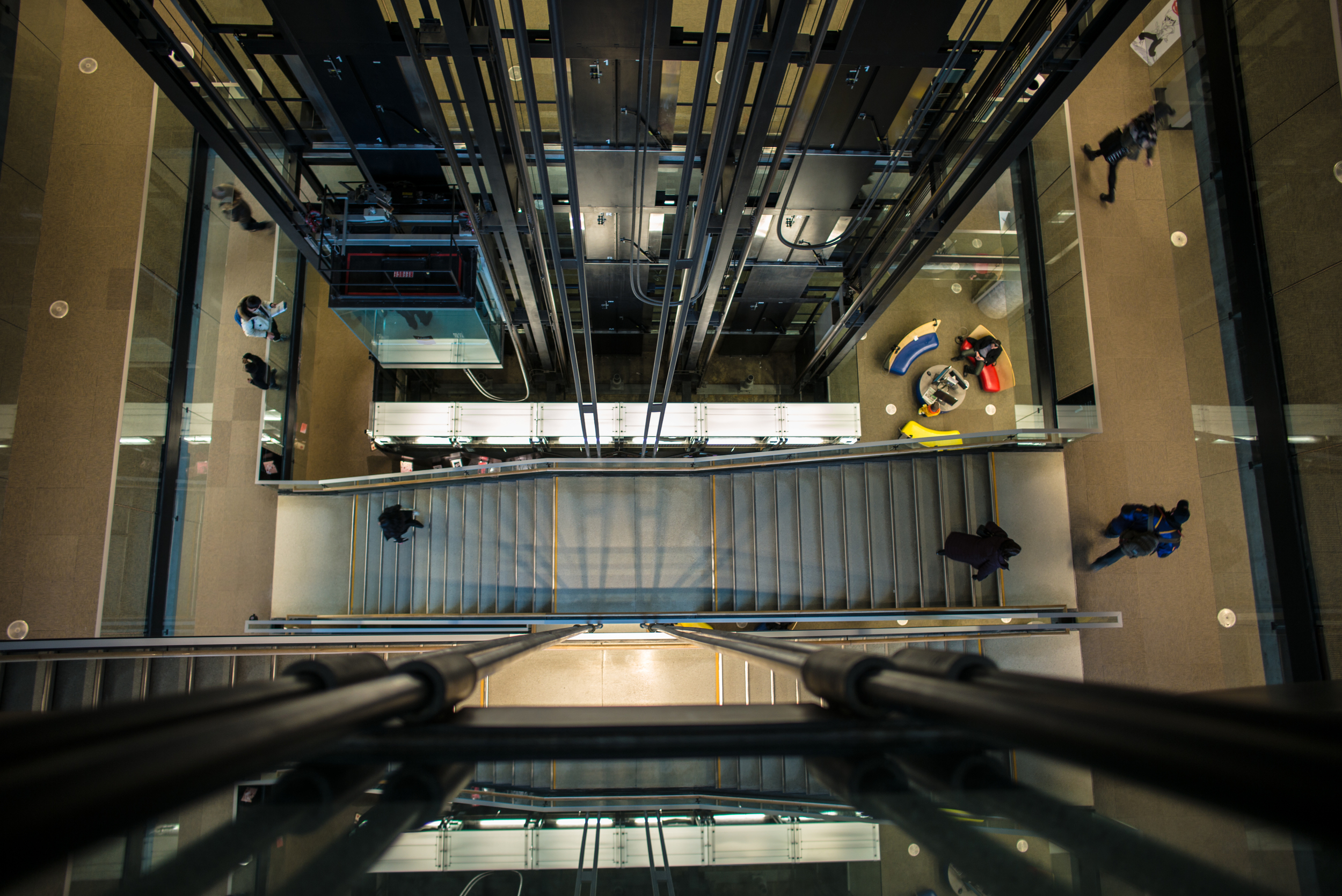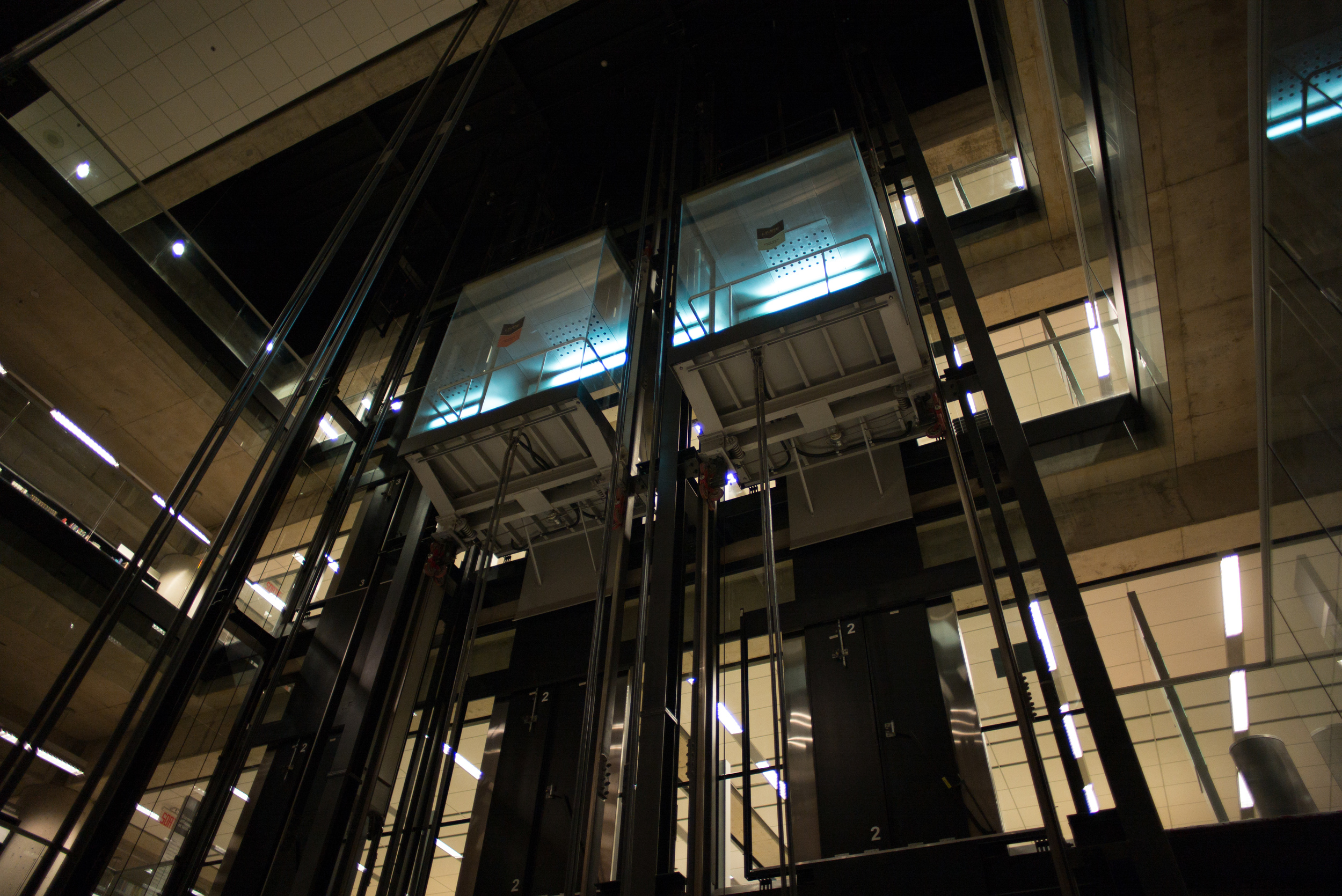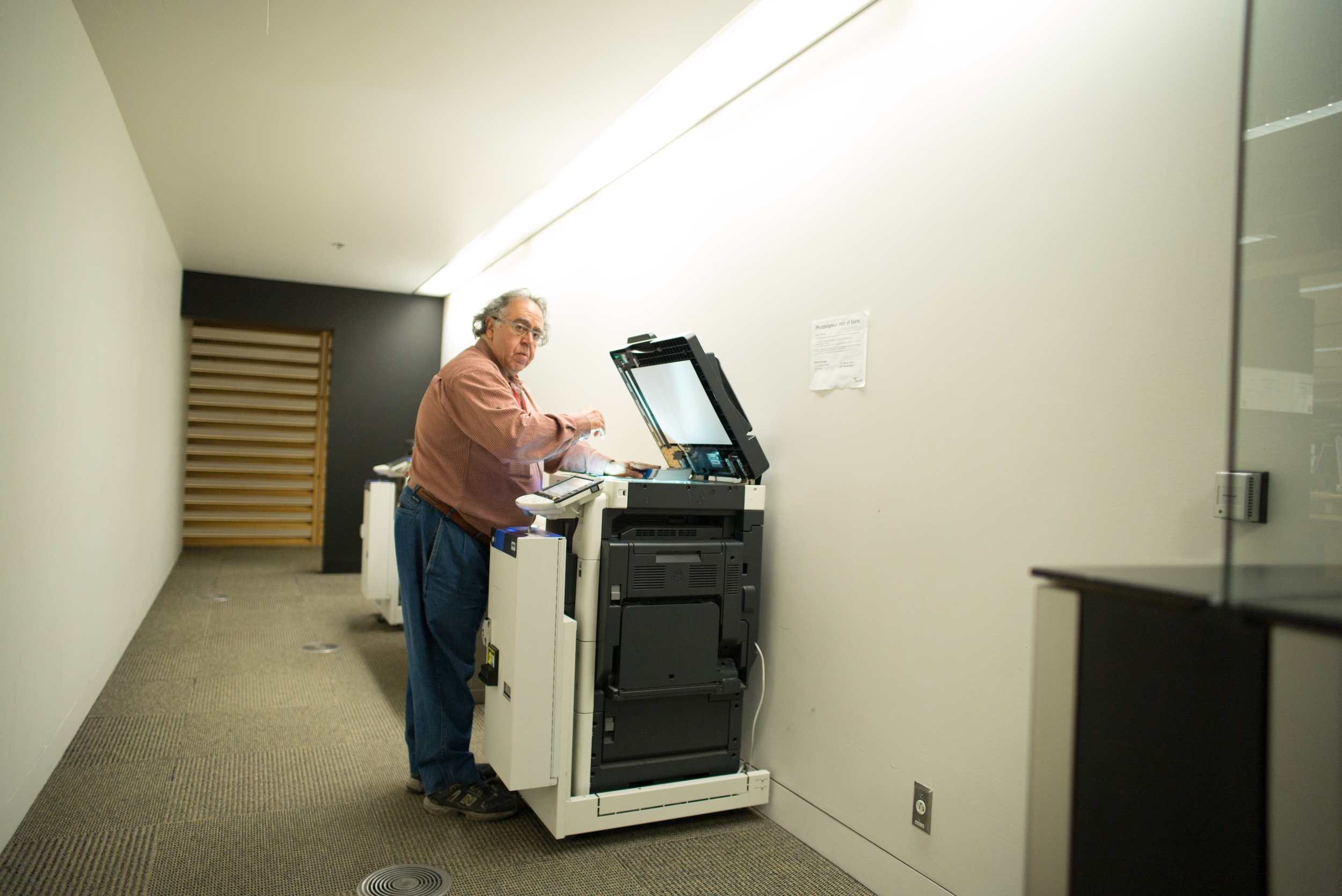Leica Summilux M 24mm f/1.4 ASPH Lens Review
Introduction
Leica produces many wide angle lenses for the M series cameras. Currently, two versions are being made by Leica in 24mm focal length. The first one is the more affordable version, Leica Elmar-M f/3.8 ASPH which is aspherical like Leica Summilux-M 24mm f/1.4 ASPH lens.
This is a relatively new lens in Leica’s lineup of 24mm lenses. In fact, Leica Summilux-M 24mm f/1.4 ASPH lens was introduced in September 2008 along with Leica Elmar-M f/3.8 ASPH at Photokina. But Leica’s history of 24mm lenses dates back to 1998 when the first 24mm lens was introduced, Leica Elmarit-M 24mm f/2.8 ASPH.
As far as Leica Summilux-M 24mm f/1.4 ASPH lens is the fastest 24mm rangefinder lens ever made. Of course, with added speed comes weight and size, Leica Summilux-M 24mm f/1.4 ASPH lens weighs in at 17.6 oz. or 500gr. Comparably speaking, Leica camera’s first 24mm, Elmarit-M F/2.8 ASPH weighed in mere 0.6 oz. or 290 gr, almost half the weight of this lens.

The weight and size issues along with price difference have made more affordable 24mm s in Leica’s lineup be the first choice in this focal length. Some online reviews of Leica Summilux-M 24mm f/1.4 ASPH lens have stated that this focal length is perhaps unnecessary for photography enthusiasts. There are also reviews saying that having a lens at f/1.4 is an “overkill” for a wide angle lens. I tend to disagree on this, and I will explain why.
Before delving into the merits and shortcomings of Leica Summilux-M 24mm f/1.4 ASPH lens, I want to explain some specific features of this lens to highlight better the reasons why one would choose this lens. The 24mm focal length falls in the category of wide angle lens which means those who buy this lens would most likely use it to photograph landscape or architecture which just means that the lens would be used at infinity most of the time.
One of the exciting features of Leica Summilux-M 24mm f/1.4 ASPH lens is when the aperture is wide open at f/1.4 this lens can’t focus at infinity in the corners. Some may view this as a shortcoming, but this is actually part of the lens design features.

If you photograph landscape or architecture, you probably know that preferred rendering of images is in ultra sharpness. After all, most landscape photography that is done by professionals uses medium format cameras like Leica S to capture as much detail and contrast as possible by focusing at infinity.
Since the aim of landscape or architectural photography is often centered around getting sharpest images possible one would not choose the wide open aperture to photograph because as one stops down the aperture, the image gets sharper and sharper until diffraction sets in which is often around f/11 or f/16.
So, Leica Summilux-M 24mm f/1.4 ASPH lens is designed for another purpose in mind, to be used at wide-open aperture for low light and portrait photography. At f/1.4 Leica Summilux-M 24mm f/1.4 ASPH lens is at its fastest speed which means very receptive to light which is often the situation encountered in indoor spaces.
Spaces indoor curve as the focal length of the lens shorter, in another words, wide angle lenses curve on the edges of the frame due to lens characteristics. This is where Leica Summilux-M 24mm f/1.4 ASPH lens really shines, making it the ideal lens for photographing indoor spaces.

For example, if you set Leica Summilux-M 24mm f/1.4 ASPH lens at f/1.4 and focus at infinity, you will see that about 50 feet or 15 meters everything is extremely sharp which, but at infinity, the corners become “soft” or “out of focus.” While this may be seen as a shortcoming of the lens when indoors this lens begins to “correct” the interior space rendering of the “image.”
To better explain this “image” that you are in a restaurant, church or a nightclub and wish to capture photographs the corners will not distort as in order lenses by other manufacturers because the lens design of Leica Summilux-M 24mm f/1.4 ASPH lens aims to counteract this phenomenon.

In low light situations, this lens is perhaps the best tool to have at this focal length allowing to capture images with amazing contrast and colors.
The fact that Leica Summilux-M 24mm f/1.4 ASPH lens remedies the “curvature” of corners in interior spaces, as well as its advantage of being a very fast, is an unbeatable combination if the aim is to have the best lens possible at 24mm focal length.

Leica Summilux-M 24mm f/1.4 ASPH lens may have set the standard by which all other 24mm lenses will be judged by not only making this lens the fastest lens in the world at this focal length but also for the way wide angle lenses are made to “correct” distortion in interior spaces.
One other feature to take notice is of this lens is that it has an aspherical surface which is crucial in attaining the correct color rendering on the final image. Without going into too many technical details, let me explain this in the most simple terms.
Light rays of different color namely red, green and blue (RGB) don’t travel at the same speed when they enter the lens optics, creating a tough engineering problem for lens manufacturers.

Higher end Leica lenses feature aspherical surfaces to counter this problem associated with having the light rays traveling at different speeds. The problems stem from the fact that when the various light rays carrying color converge to fall on the lens sensor, they are often misaligned creating distortion and coloring problems.
By having an aspherical surface, as in the case of Leica Summilux-M 24mm f/1.4 ASPH lens, light rays fall accurately on the converging point on the camera sensor. Of course, manufacturing lenses with aspherical surfaces cost more so only the best Leica lenses have this feature.
Leica’s entry-level lenses Leica the Summarit Line, for example, don’t have aspherical surfaces but all Leica lenses regardless of price can render very sharp images with beautiful colors. This is because Leica lenses are manufactured with the highest optical engineering know-how to make them superior lenses that produce great results.

On the technical side, Leica Summilux-M 24mm f/1.4 ASPH lens is a retro-focus design lens with ten elements in 8 groups featuring one aspherical surface and two floating elements. Out of the ten elements, 5 are made with anomalous color / partial dispersion which significantly reduces distortion in the lens. Leica Summilux-M 24mm f/1.4 ASPH lens also has 11 straight aperture blades with a minimum focus distance of 0.7 meter or 2.3 feet.
What all this translates to is that Leica Summilux-M 24mm f/1.4 ASPH lens is worth its price and perhaps even more regarding engineering and manufacturing point of view. As someone using this lens for amateur photography may be seen as over the top by some but by professional standards, it is a must-have for capturing images in low light.

For everyday applications of this lens, think of a concert with a huge crowd and a DJ, low lights, and fast moving subject i.e. people dancing, in this case, only a fast lens can capture this adequately in a wide view angle. As Leica 24mm Summilux-M f/1.4 is pushed to its limits, it begins to shine like no other lens in the world, rendering images in sharp contrast and colors that are true and lifelike.
Then, there are those of moments like weddings when the ambiance is critical to incorporate into the frame. Leica’s 24mm Summilux-M f/1.4 is a great lens for these special moments. The speed of the lens allows the photographer to include as much detail of the background or omit it to a smooth bokeh by dialing the aperture to create the desired effect.

In the end, it comes mostly to a choice of what one wants to do with a lens as versatile as Leica Summilux-M 24mm f/1.4 ASPH lens; even portrait can be beautifully orchestrated without the need of lens with focal lengths of 75mm or 90mm.
Leica camera has many alternatives to its Leica Summilux-M 24mm f/1.4 ASPH lens, if one is flexible with the focal distance, for example, at the lower end there is Leica Elmar-M 24mm f/3.8 ASPH lens. Both are fantastic lenses; you can read our review of Leica Elmar-M 24mm f/3.8 ASPH lens on our website by clicking here.
Personally, I feel that each focal length has its advantages and its applications. For someone who is considering to purchase a wide angle lens like the Leica Summilux-M 24mm f/1.4 ASPH lens, the question comes down to choosing the right focal length for the photography style intended.
Most often, I get asked which is better to buy Leica Summilux-M 24mm f/1.4 ASPH lens or Leica Elmarit-M 21mm f/2.8 lens, and my answer always depends on what you want to use it for. I would say for general everyday use, Leica Summilux-M 24mm lenses are better suited to capturing a wide variety of images in diverse situations.
While some people believe that Leica Elmarit-M 21mm f/2.8 lens as the ultimate wide angle, I find that lens design of Leica Summilux-M 24mm f/1.4 ASPH lens offers an additional element of superiority over other Leica wide angle lenses. This advantage that Leica Summilux-M 24mm f/1.4 ASPH lens holds is the way it handles curvature of interior spaces. When it comes to photographing interior spaces, having said that the best way to decide if a lens is actually the right one for you is to actually use it for a while.
When it comes to photographing interior space with wide angle lenses a common issue is the way interior space becomes distorted Leica Summilux-M 24mm f/1.4 ASPH lens design allows most of the distortion to be countered via an optical design that is only found in this lens. Of course, the best way to appreciate the unique qualities of this lens is to actually use it.
If you have the opportunity rent out Leica Summilux-M 24mm f/1.4 ASPH lens for a few days do so and see if this focal length appeals to you. I have shot with my trusted Leica Summilux-M 24mm f/1.4 ASPH lens for almost 8 years on the streets around the world because this focal length provided me the ideal distance for portraits because the distortions are handled so efficiently by Leica Summilux-M 24mm f/1.4 ASPH lens. between me and the subject
Once you begin using Leica Summilux-M 24mm f/1.4 ASPH lens on regular basis for street photography or portrait applications you will soon realize how delightful it is to capture photographs with that up close feeling that invites the viewer to step into the world of the subject.

Beyond that, there is the vignetting or light fall-off at the edges which is corrected mostly within the camera by the firmware. Any residual effects can be altered on the computer with appropriate software. Most of the light fall off disappears by dialing the aperture to f/2.8 or higher which is great because the lens hits its sweet spot just a click or two above wide open. Of course, at f/2.8 or above are the aperture where one would begin to photograph landscape or architecture to create ultra sharp photographs.

On my travels, Leica Summilux-M 24mm f/1.4 ASPH lens is my choice of lens for the three lenses that go into my bag for walking around cities. In fact, most of the time that is the focal length I begin photographing with on my architectural projects.
For my medium format use, the focal length of 24mm is again my choice of focal length as it provides me with a focal distance of about 18 to 19 mm on my Leica S camera. I like to go as wide as possible when I do landscape or architectural photography in medium format.

Sometimes, I get asked if one should pay the difference to buy the more versatile Leica Summilux-M 24mm f/1.4 ASPH lens over Leica Elmar-M 24mm f/3.8 ASPH lens. My answer is always a yes, even if you have to save up money to buy the Leica Summilux-M 24mm f/1.4 ASPH lens do so because the rate of return of great photographs is well worth the money.
Here are some links to get the best prices on some of the best Leica wide angle lenses.
Leica Summilux-M 24mm f/1.4 ASPH lens
Leica Elmar-M 24mm f/3.8 ASPH lens
Other Wide Angle Lenses (Recommended *)
Handevision IBERIT 24mm f/2.4 Lens for Leica M (Silver)
Leica Summicron M 28mm f/2.0 ASPH lens
Leica Summicron M 28mm f/2.0 ASPH lens (Used)
Leica Summilux M 28mm f/1.4 ASPH lens
Leica Elmarit-M 28mm f/2.8 ASPH lens
Leica Summaron-M 28mm f/5.6 lens
Voigtlander Ultron 28mm f/2 Lens
ZEISS Biogon T* 28mm f/2.8 ZM Lens (Black)
7artisans Photoelectric 28mm F1.4 Leica M Mount
Leica Super-Elmar-M 21mm f/3.4 ASPH. Lens
Leica Summilux-M 21mm f/1.4 ASPH. Lens
Voigtlander Color-Skopar 21mm f/4 P Lens
Voigtlander Ultron 21mm f/1.8 Lens
ZEISS Biogon T* 21mm f/2.8 ZM Lens (Silver)
ZEISS Biogon T* 21mm f/2.8 ZM Lens (Black)
ZEISS C Biogon T* 21mm f/4.5 ZM Lens (Black)
Leica Cameras:
Used Leica Cameras:
For my upcoming 2019 photography workshops, here are the links
We offer photography workshops around the world specializing in Leica cameras and lenses. You are invited to take part in one because what you gain from a dedicated photography workshop for Leica cameras and lenses. The tips and techniques you will learn in these workshops will take your photography to the next level also will stay with you for a lifetime. We look forward to hearing from you.
I hope you have enjoyed this part of our review of Leica Summilux-M 24mm f/1.4 ASPH lens. If you would like to know more about this lens, please read the next part of our review.
As always, if you have any comments please write to us.
Thank you
Oz Yilmaz
Leica Review Team
